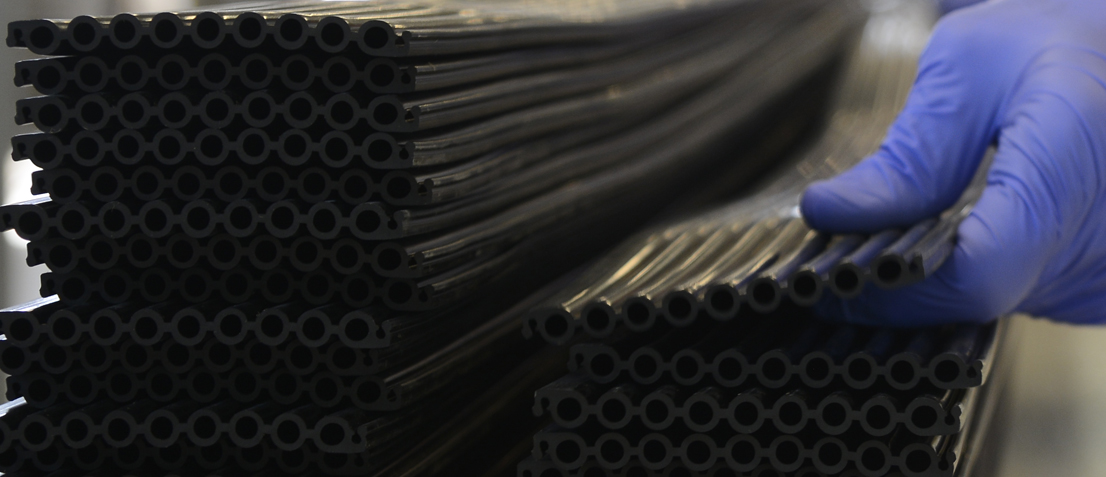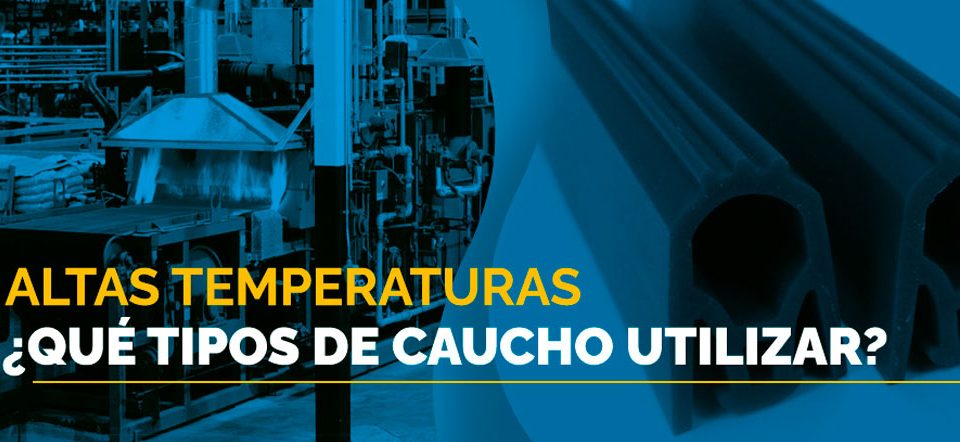Manufacturers of a great variety of industries trust in moulded rubber pieces for high performance of their products. As rubber is only one of the many materials used for developing a new product, engineers and sales managers pose similar questions about how elastomers work and which rubber material is appropriate for their application.

Below are the answers to the three questions we generally receive:
-
What is a thermostable elastomer?
An elastomer is a polymer with viscoelasticity, which simultaneously displays the properties of a thick fluid and a flexible solid. They are a type of polymers cured with crosslinking of molecular chains during the moulding process. This requires the right input of pressure and temperature to establish the permanent shape the piece must have. Unlike plastics, rubber and elastomers adapt well to dynamic functioning conditions, temperature variations and hostile environments.
-
Which elastomer is better for my new product? Although the moulded rubber piece is a small part of the manufacture, I need to understand the chemical resistance values of the different elastomers to make a decision.
The first step to determine the right material for the moulded piece is defining the operating environment of the final product. To select the right elastomer for the application, our technical team will first assess factors such as the function of the piece, the operating conditions of the final product and the attributes of each material, like its ability to resist contact with different fluids, environment abrasion and temperature fluctuations.
-
Cost is always a problem for us. How can we know if a lower-cost material will work well for our project?
Developing the rubber compound appropriate for each application entails taking into consideration a series of factors, balancing cost with functionality. The more detailed the data you can provide us about functions and operating environment of the piece, as well as specific budget considerations, the better the results will be. We can also offer prototypes of one or more rubber compounds so that you can try the component in real functioning conditions and check if the lower-cost material will have an acceptable performance.





